All wines get a holiday and February 16th is International Syrah Day, when wine enthusiasts worldwide celebrate Syrah, a red wine also named Shiraz- as it’s more commonly known in Australia.
The grapes are known for their deep red colour and small size. They can be round but have also been referred to as egg-shaped. Syrah has a short ripening period. When grown in the Old World it tends to be spicier, less fruit-forward, earthier, and more tannic. In New World, where it is also known as Shiraz, it tends to be “larger”, “bolder” and “jammier”, with less spice.
Syrah managed to spread to the Greek vineyard, in a relatively short time, producing wines of very high quality. This is no coincidence for producers, as Syrah is considered to thrive in the warm climatic conditions of Greece.
Greek Syrah is very close to the style of its New World counterpart, displaying a high alcoholic degree, prolonged extraction, dense structure, strong tannins, moderate acidity and sweets, and ripe aromas of black fruits and spices. It has the potential to age for many years and is often mixed with other international and local varieties; and gives very qualitative wines.
Below we will review five Greek labels that represent a range of styles and prices to suit every taste and budget.
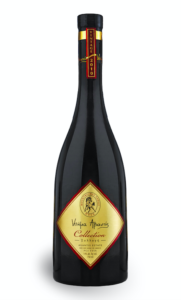
Collection
Courtesy of Avantis Estate
Mytikas Evia
A scarce Syrah, as the production does not exceed 1,000 bottles per year. The yield per hectare ranges from 300 -350 kilos. It’s a soft, graceful wine that offers a bouquet and palate marked by dark cherry, plum, dark chocolate, and a smidge of espresso. The acidity is balanced with the delicious fruit and the tannins are intact, leaving ample room for each to develop and flourish in an elegant finish. If there was a pedestal, surely one place would belong to the Collection. It is certainly up for the challenge of grilled roasted meat, hunt stewed red and hard yellow aged cheese.
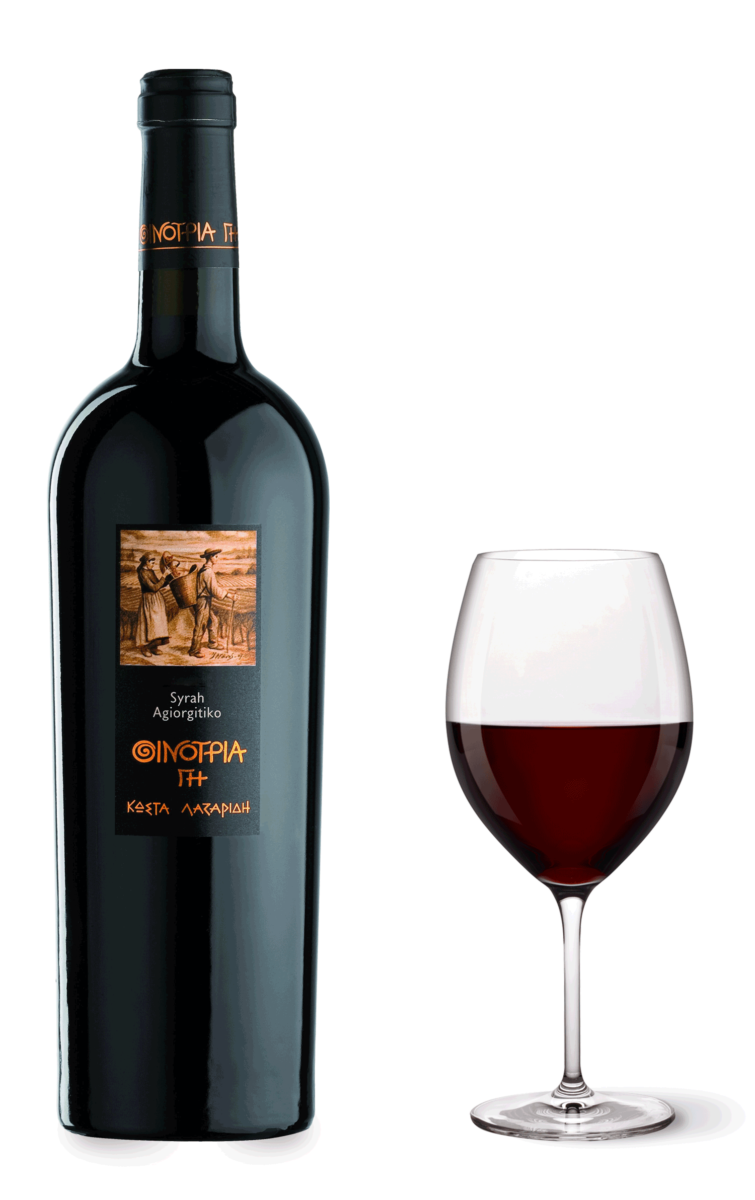
Oenotria Land
Courtesy of Domaine Costa Lazaridi
Kapandriti – Athens
This wine is dominated by Syrah (90%) with Agiorgitiko adding background notes.
The small area yield (approximately 250kg per acre) gives enormous condensation to all levels of the wine.
Intense and complex aromas of cherry, plum, vanilla, fig and chocolate.
It has a rich flavor with balanced acidity and silky tannins while its finish is a very long intersession with notes of vanilla.
It’s sure to add charm to a dinner, especially when paired with a beef fillet as well as with red-grilled meats.
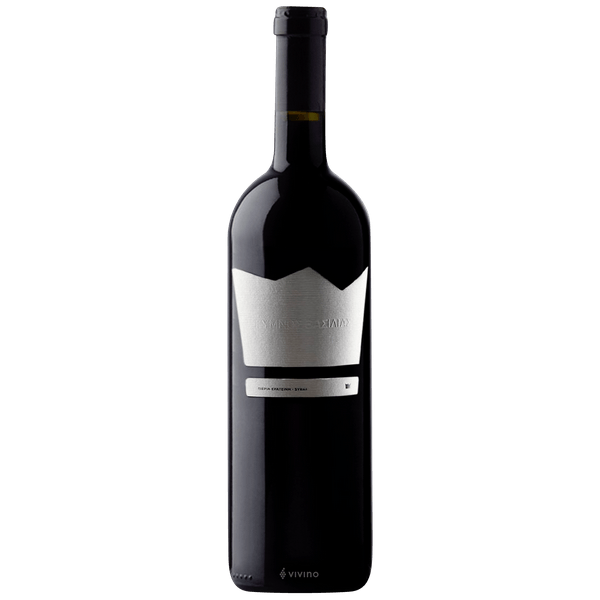
The Naked King
Courtesy of Pieria Eratini Winery
Kolindros – Pieria
Looking for a rich Syrah wine but you can’t afford to wait for it to evolve over the years? Then check out this classic, well-made wine from Pieria in Northern Greece. A blend of 85% Syrah and 15% of the rare local variety Kolindrino. The name Naked King may be very original, but the wine is not characterized by nakedness as it wears armor of condensation and exuberance. The Naked King brings to our glass intense aromas of dried fruits, fresh framboise, cassis and cranberry while sweet spices and notes of the barrel complete its complex and charming palette. Mouth saturating, very well structured and balanced. Made for rich dishes of red meat. It’s also sure to impress with foie gras.
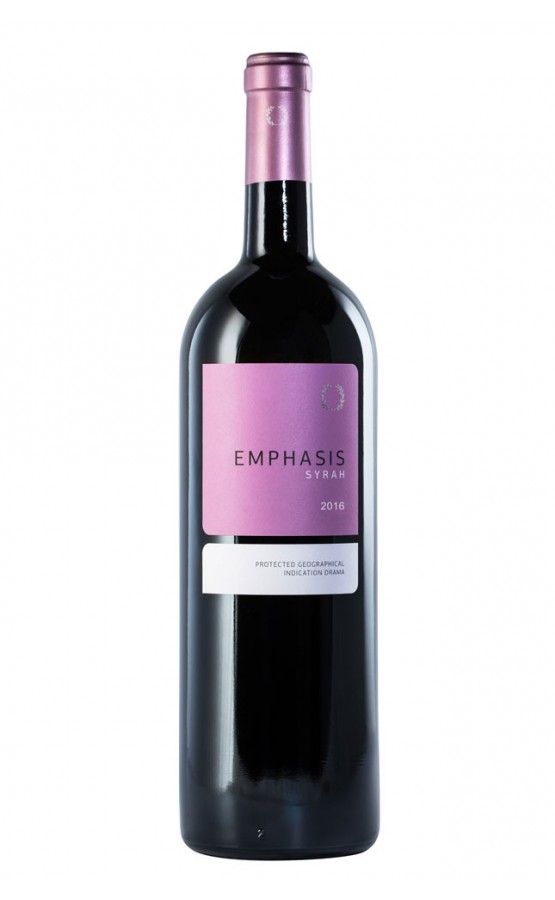
Emphasis
Courtesy of Pavlidis Estate
Kokinogeia – Drama
If you are looking for a solid, typical expression of Syrah variety, Emphasis is a perfect pick. It offers a bouquet and a palate of black fruits leather, thyme, black pepper, chocolate, and vanilla. High acidity, velvety tannins, long, spicy aftertaste. You’ll also appreciate that it’s easy to find and a sure shot with red fatty meats with spicy sauces or roasted lamb. So … Emphasis on Syrah!
Nostos
Manousakis Winery
Vatolakkos – Chania
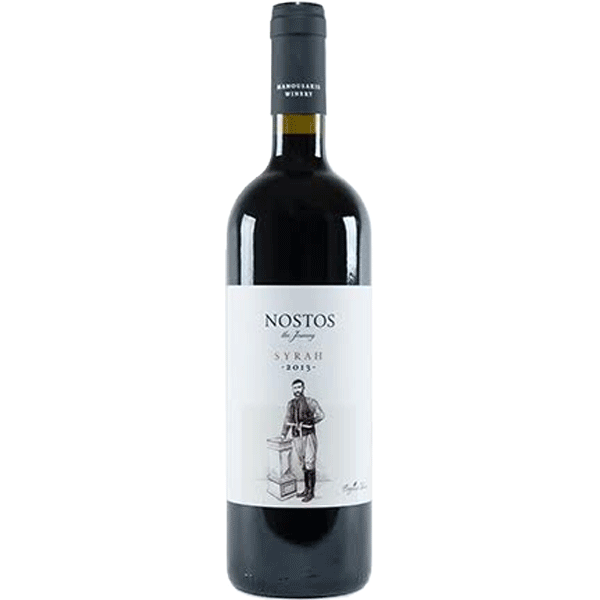
Nostos is a theme used in Ancient Greek literature that refers to an epic hero returning home by the sea. The return isn’t just about returning home physically but also about retaining the very virtues and qualities that characterized him before he went away.
In this particular case, we have a strong and robust Syrah from the beautiful island of Crete. Its bold tannins are a good asset for long-term aging. It has an oriented personality of red and black fruits with black pepper notes. A rich must try Greek Syrah. Give it a go with grilled meats or meats with tomato-based sauces and a variety of sausages.
I hope you enjoyed reading this article as much as I enjoyed writing it. By the way, what’s your favourite Greek Syrah wine?
Feel free to share some of your own great wine picks …
For more wonderful wine explorations, follow George on Instagram @george.winestories


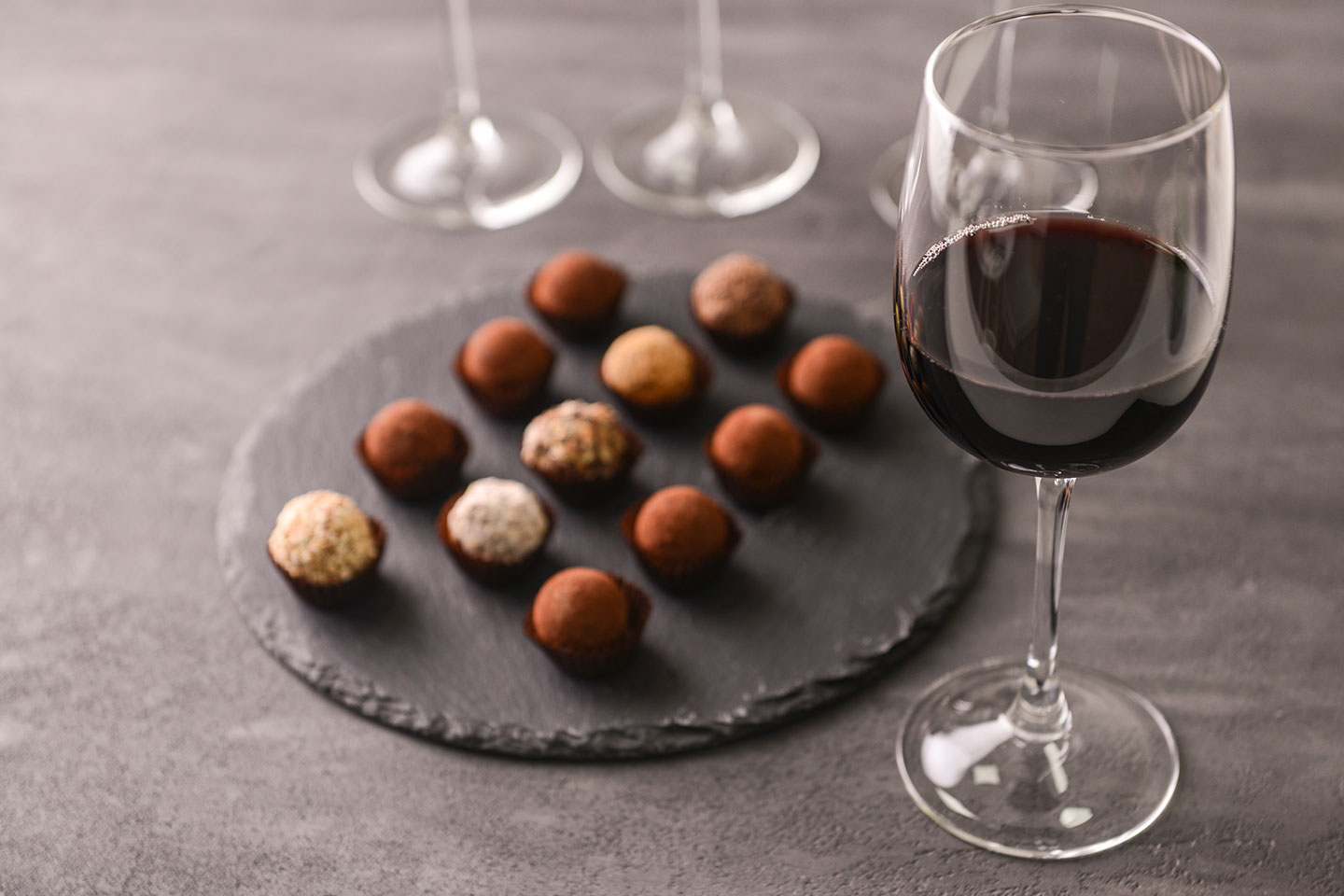
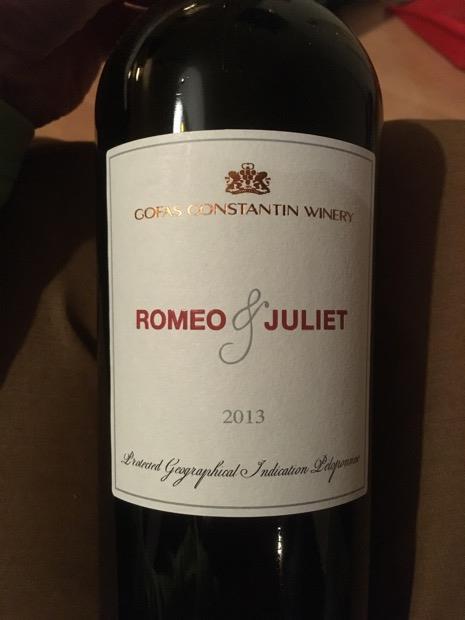
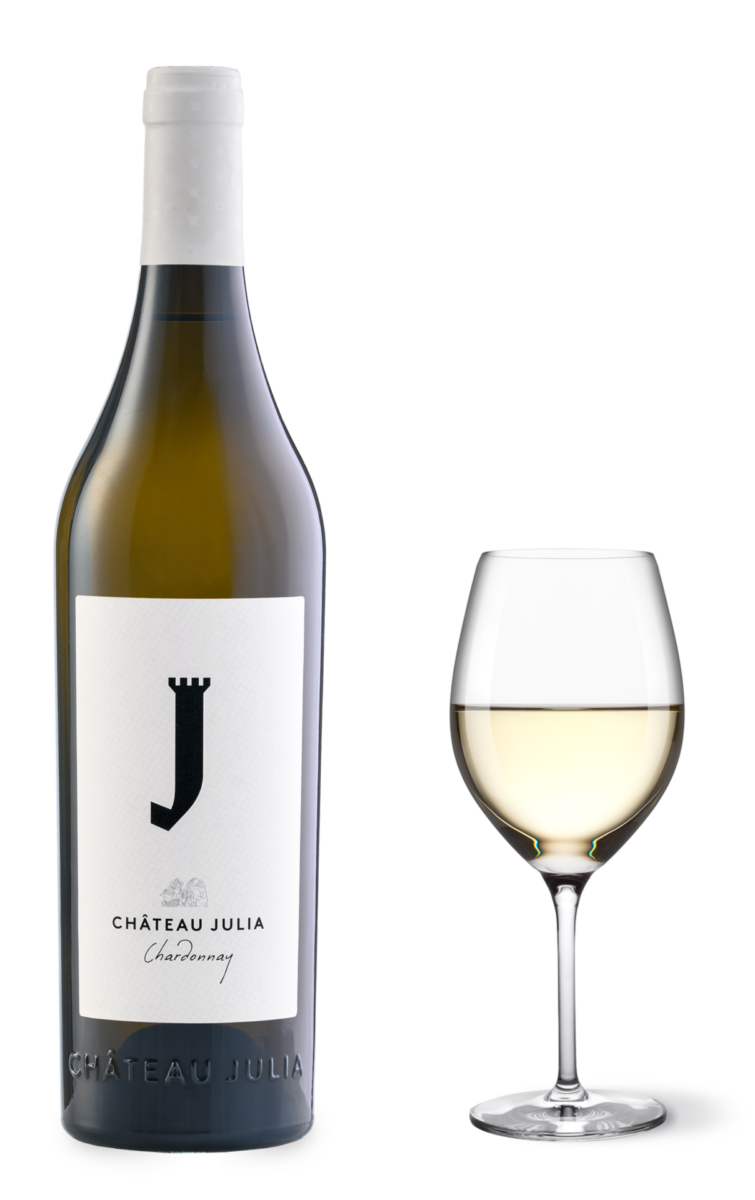
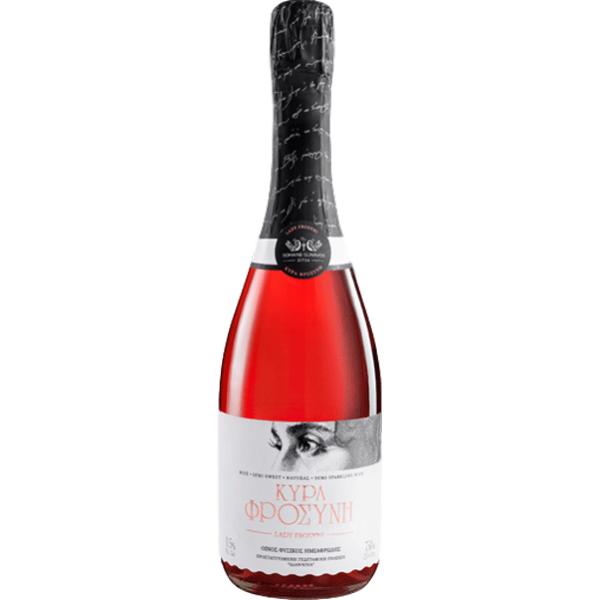
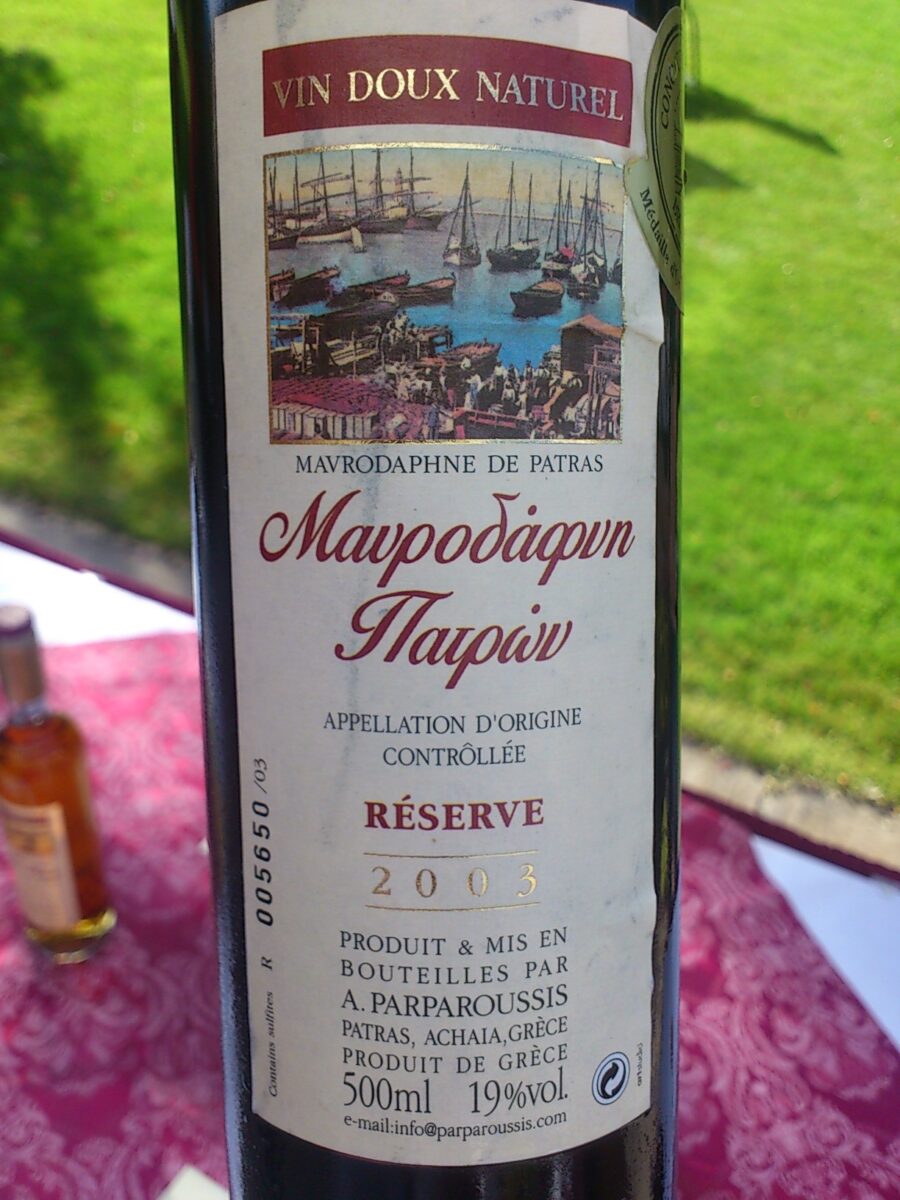
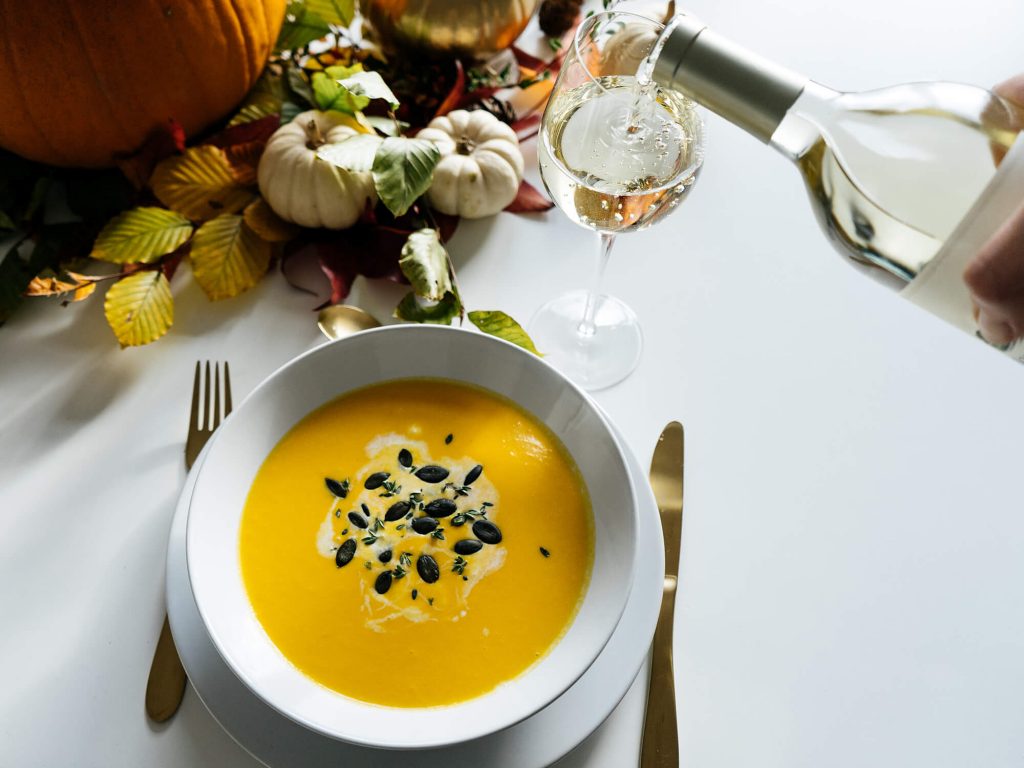
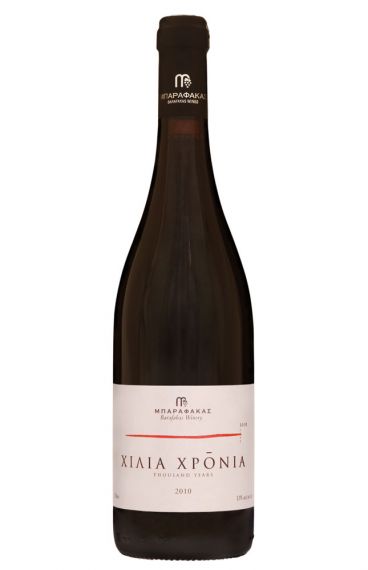
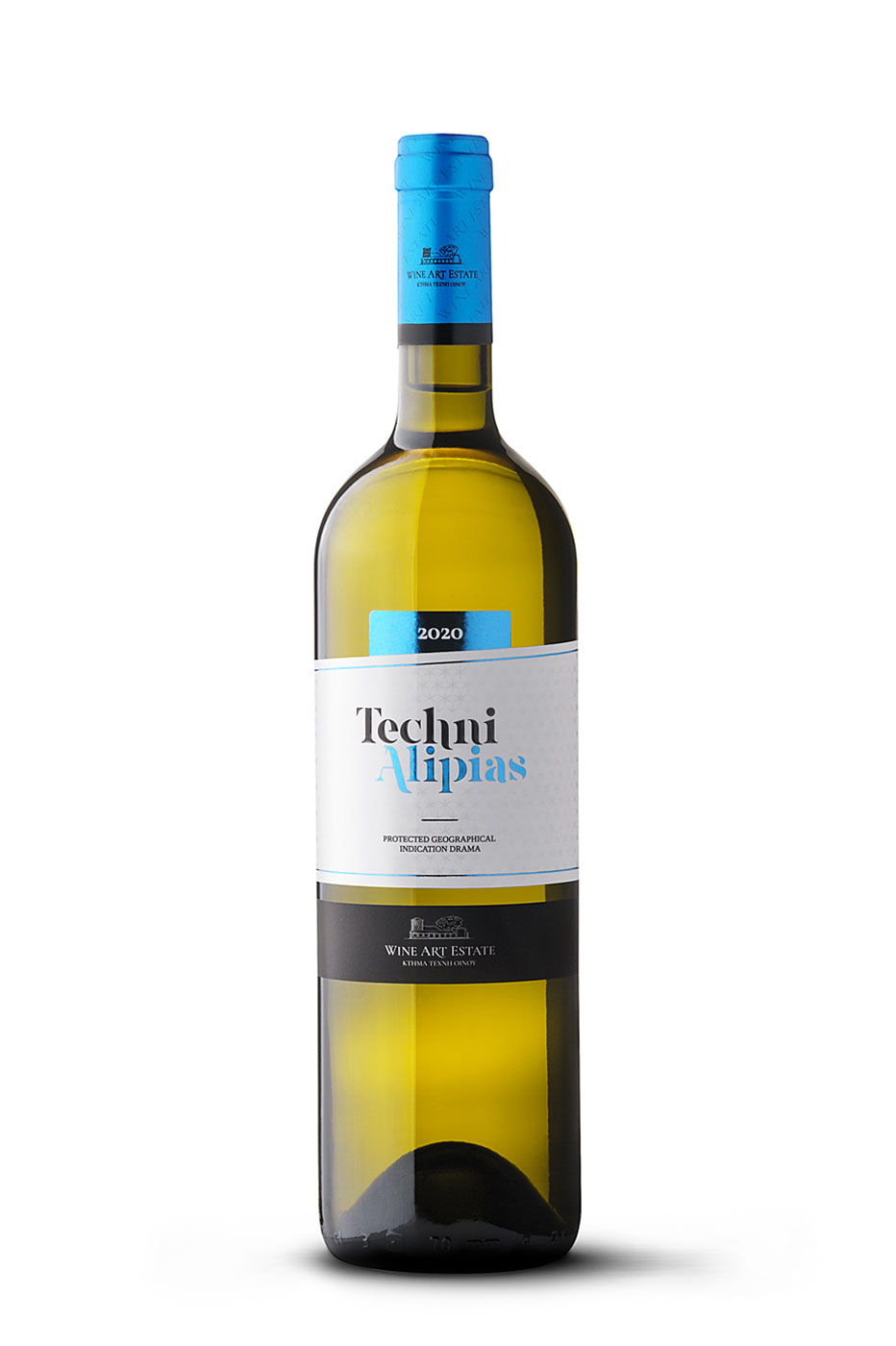
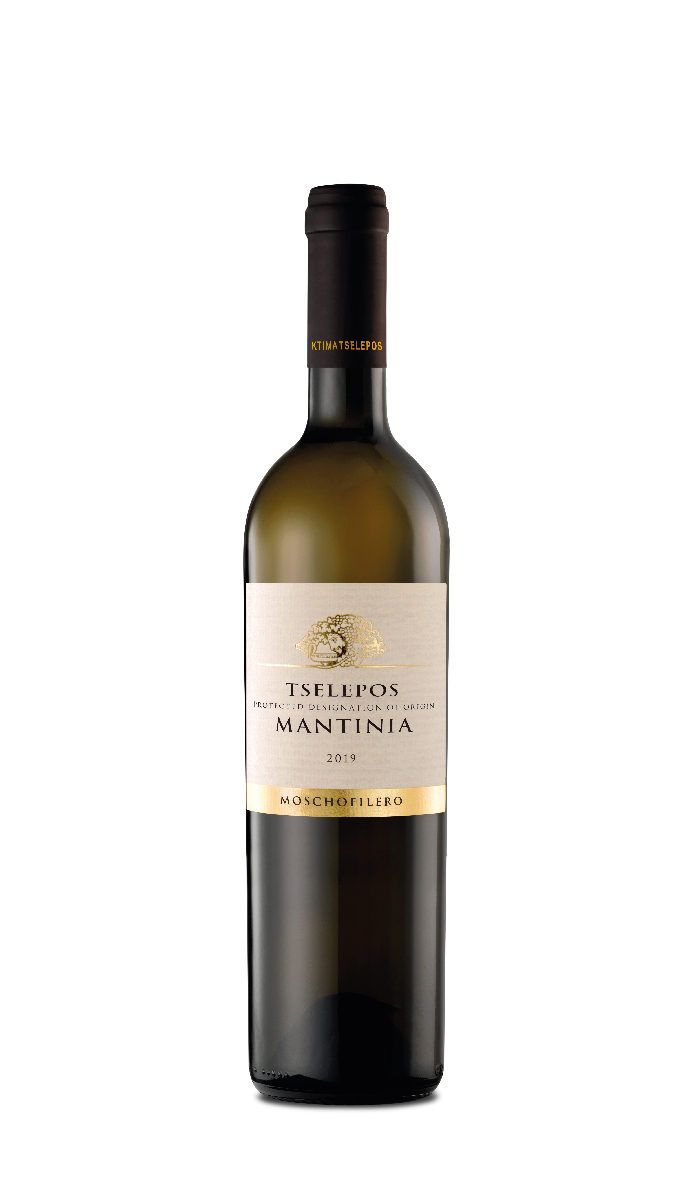
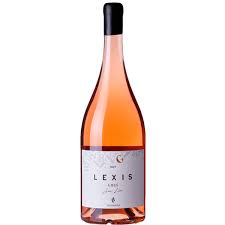
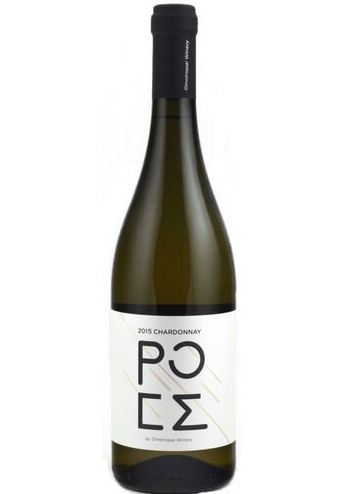
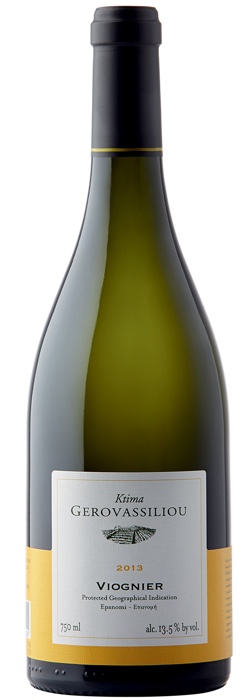
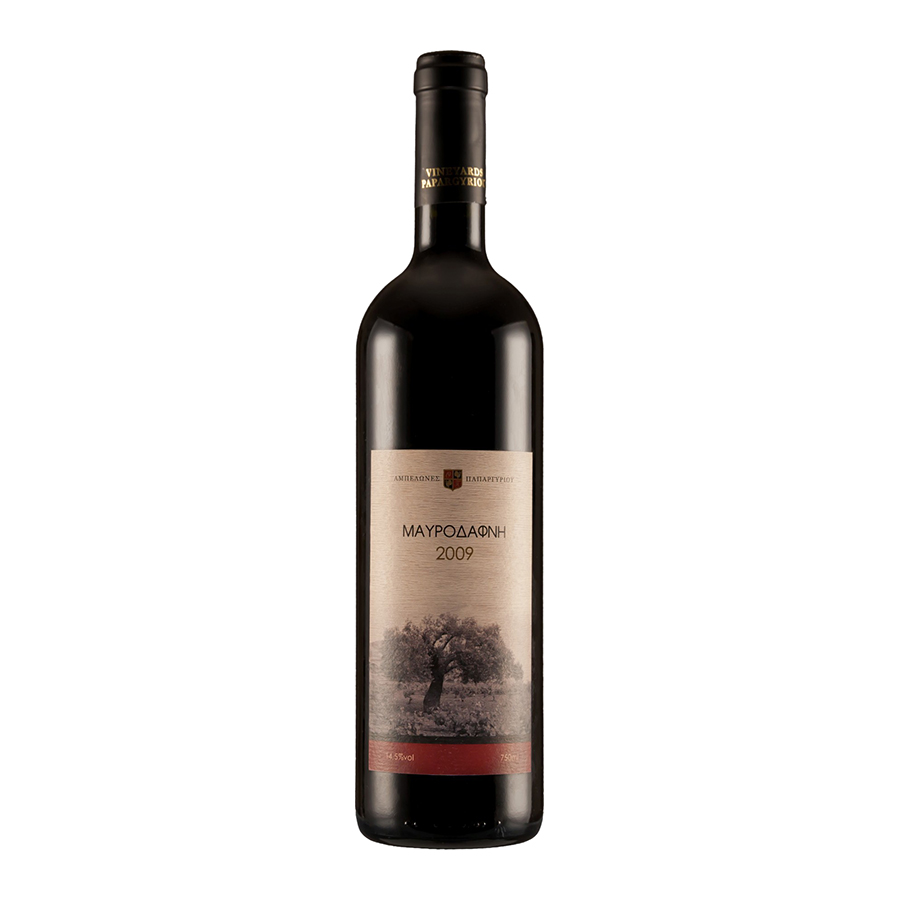

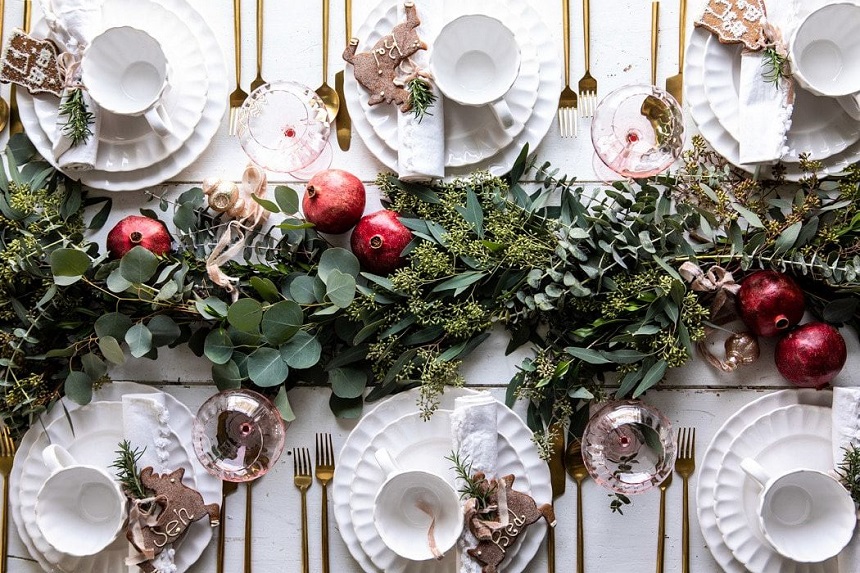
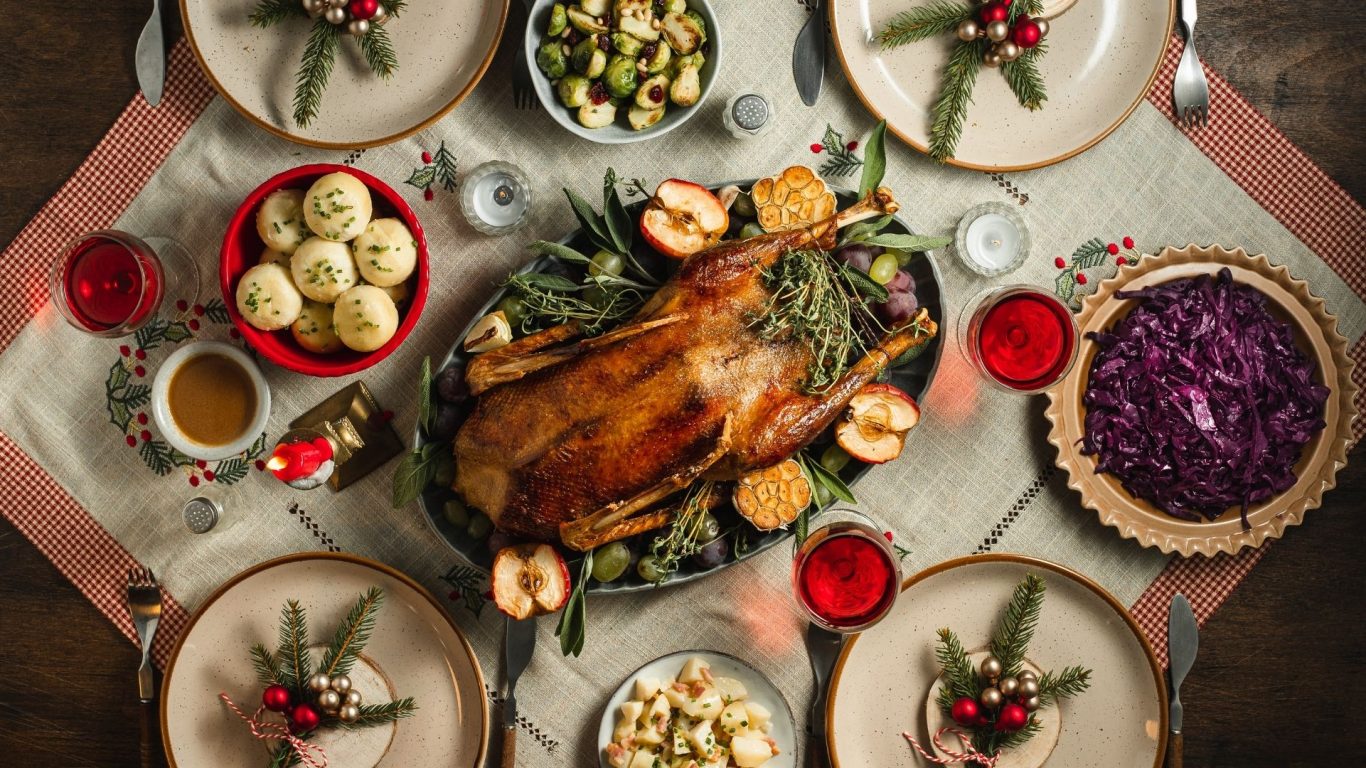
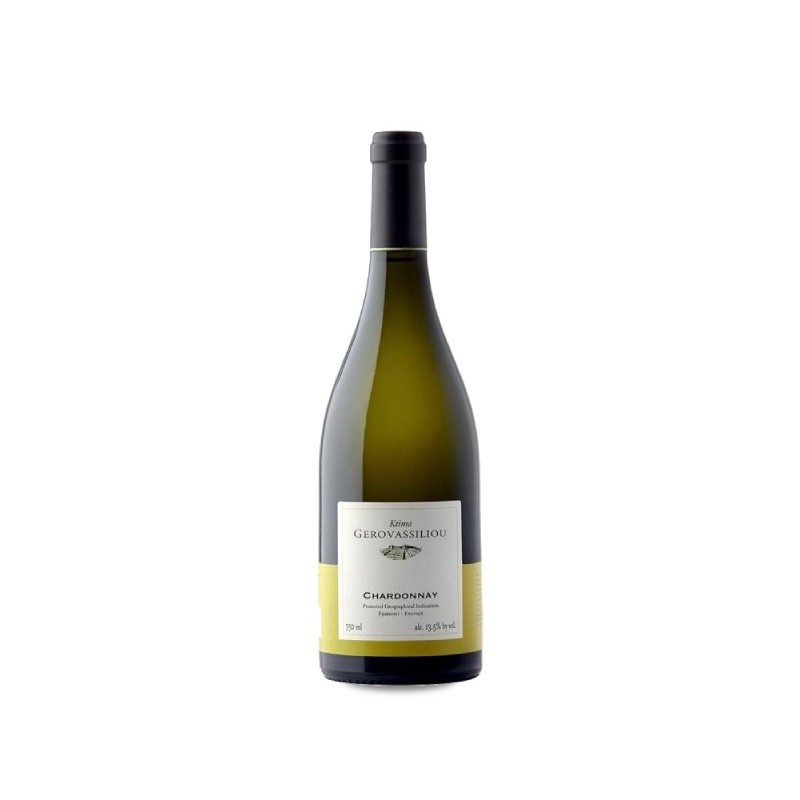
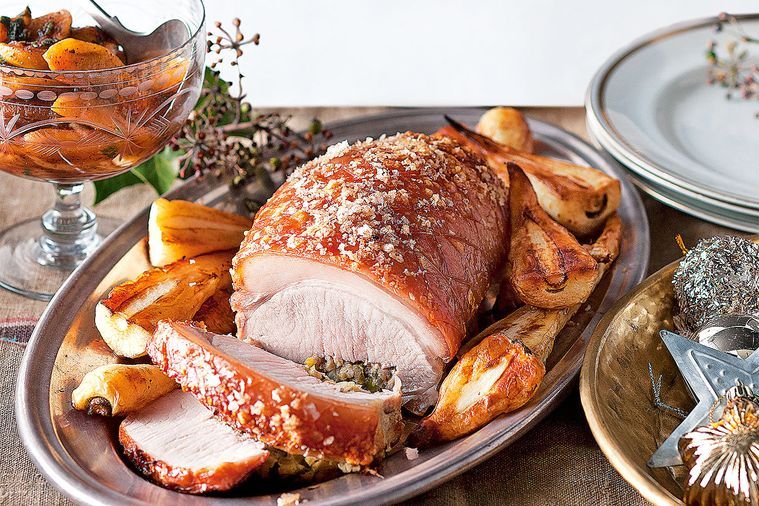

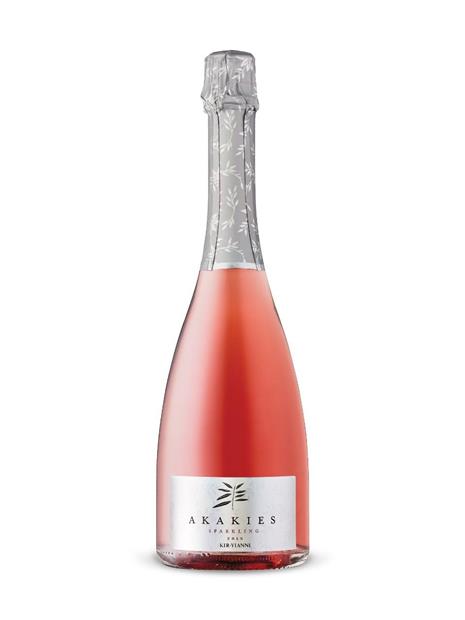
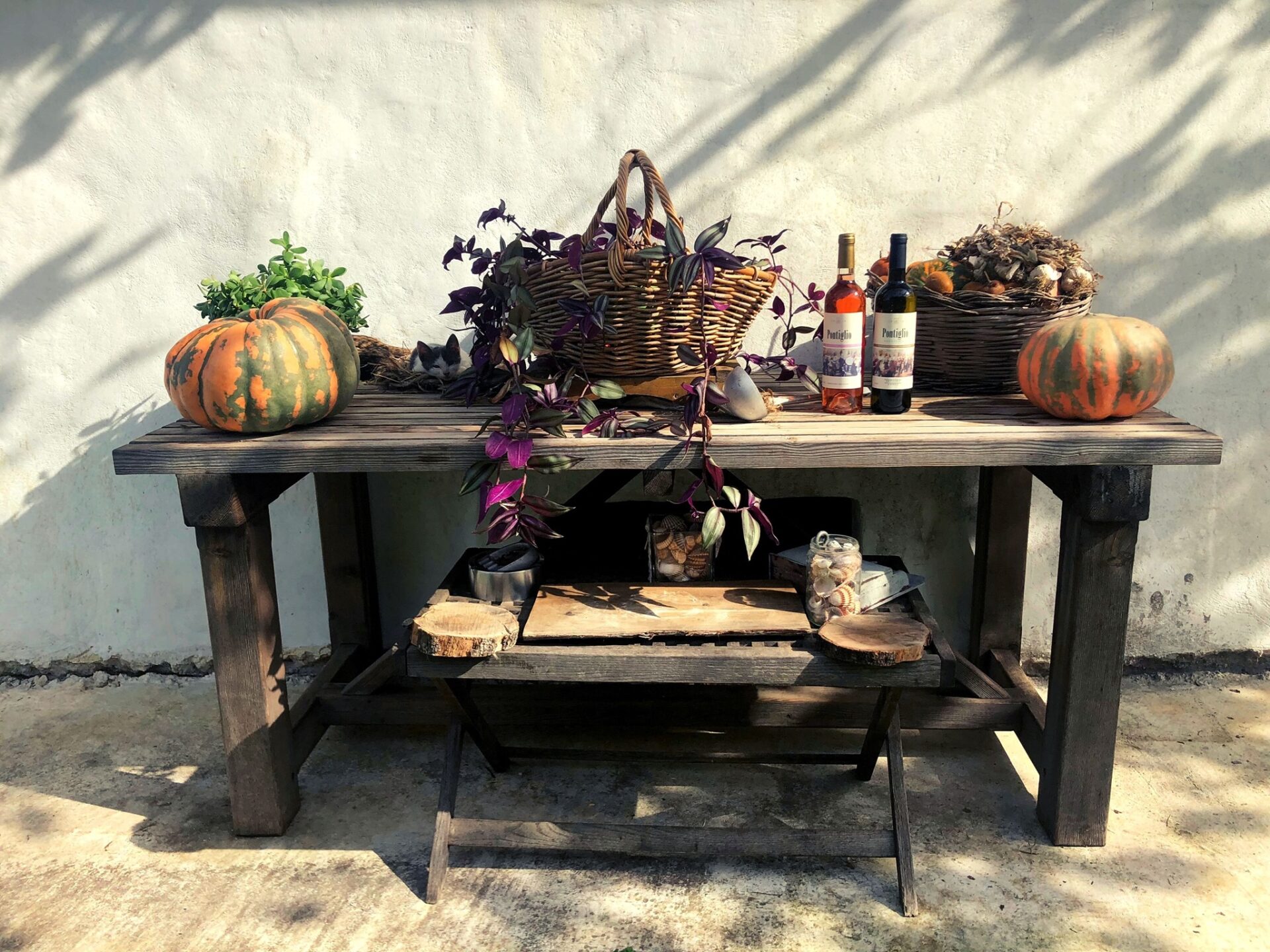
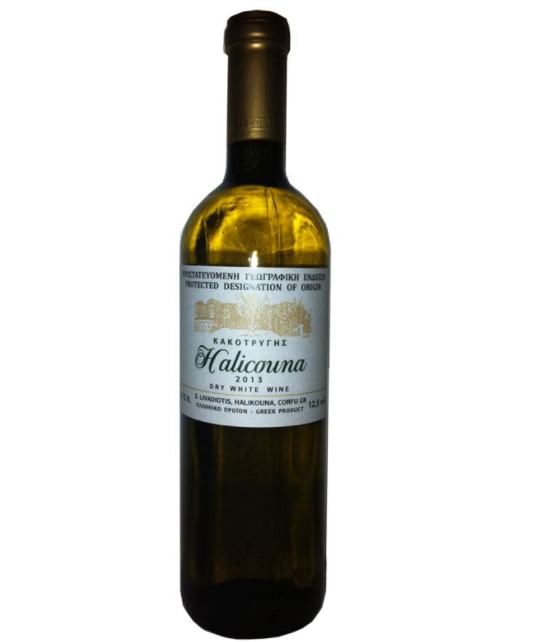
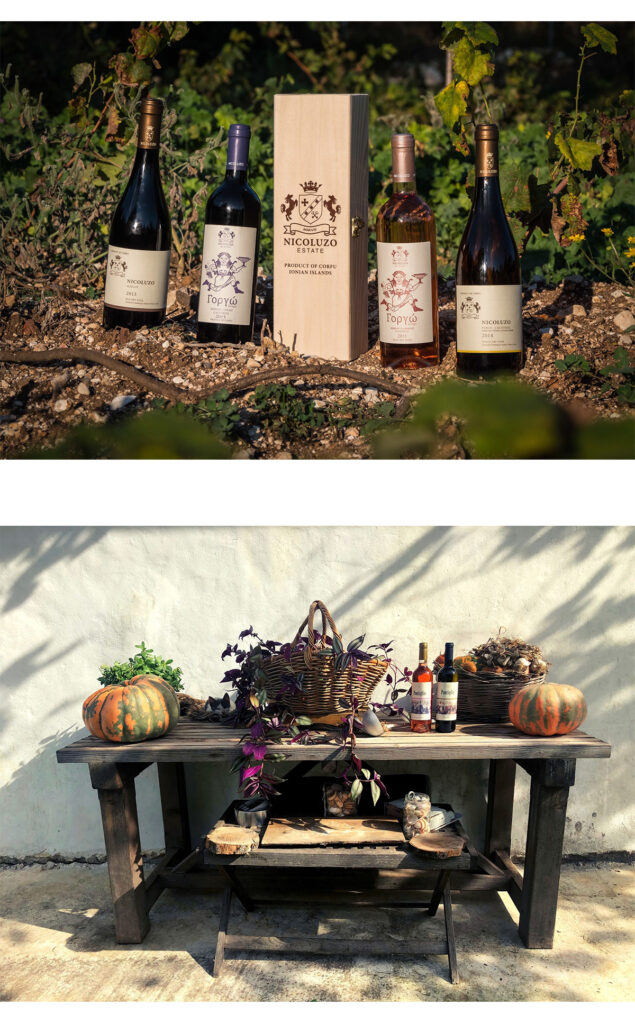
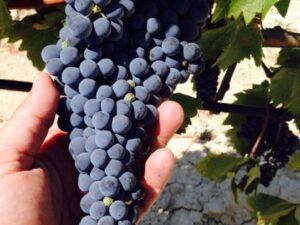 another revelation: the new-to-me mysterious red grape called Skopelitis. It doesn’t, as you may presume, hails from the eponymous Sporades island, its vinous tasting profile bears no resemblance to anything else anywhere in Greece nor nearby Sicily or Southern Italy.
another revelation: the new-to-me mysterious red grape called Skopelitis. It doesn’t, as you may presume, hails from the eponymous Sporades island, its vinous tasting profile bears no resemblance to anything else anywhere in Greece nor nearby Sicily or Southern Italy.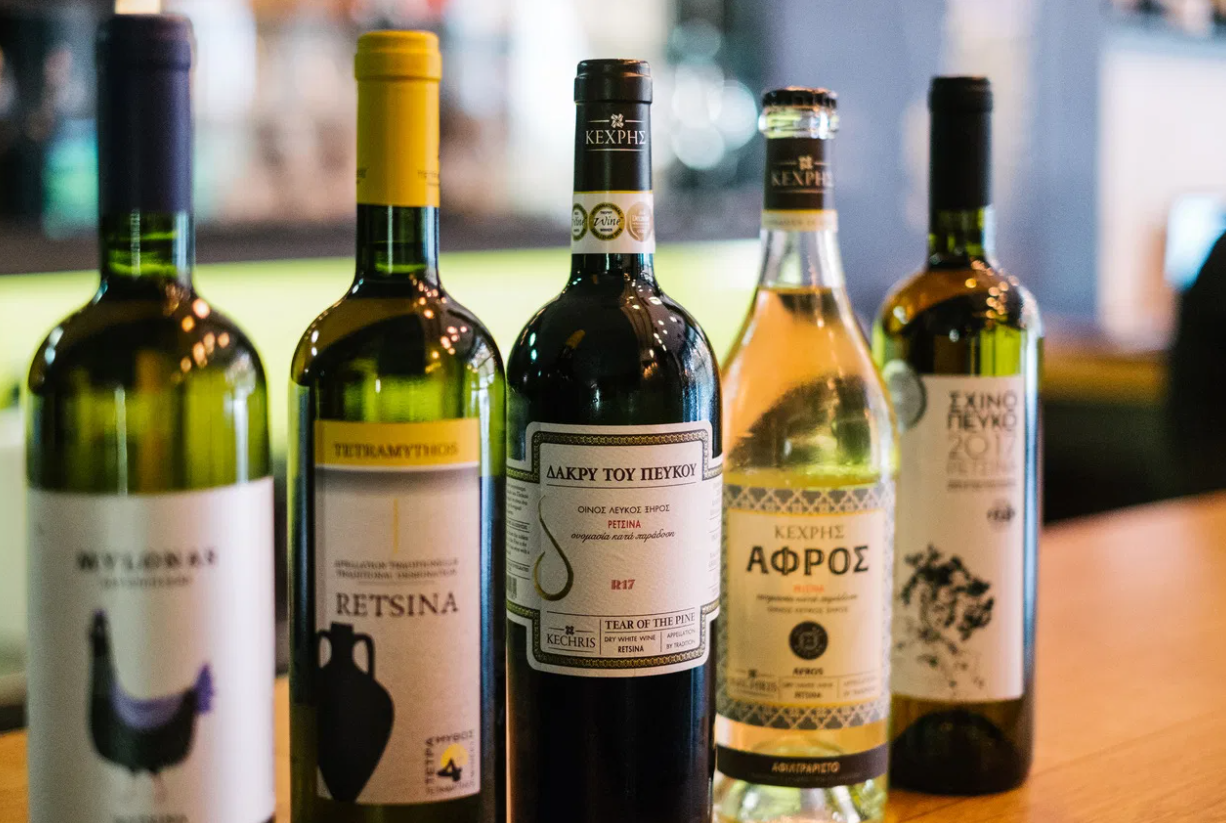
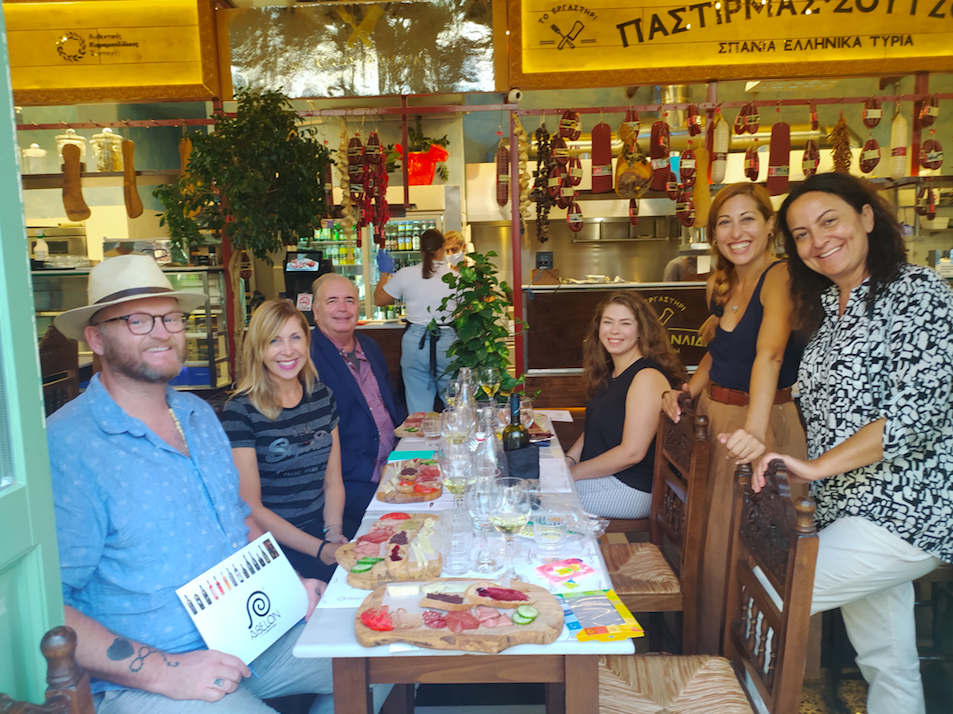
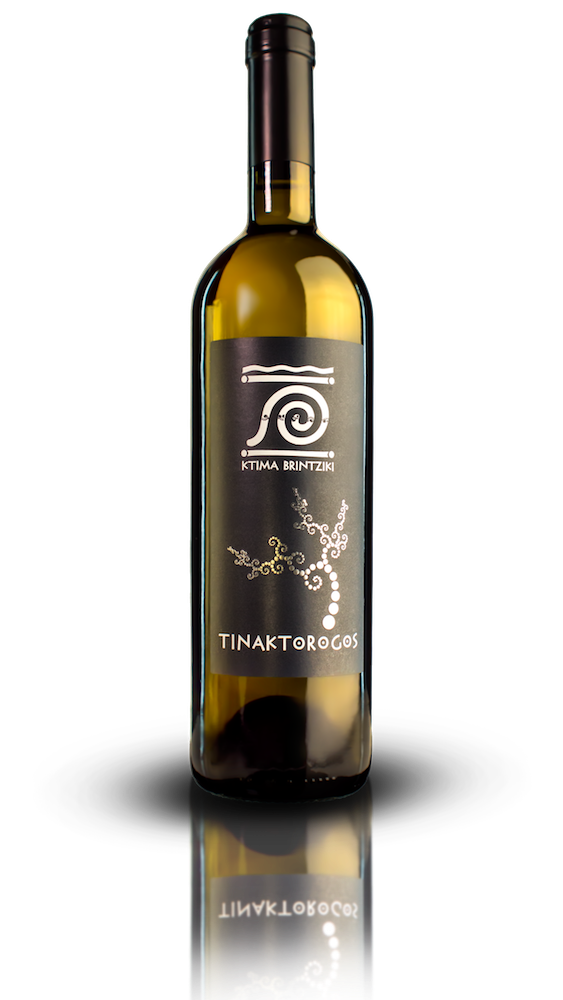
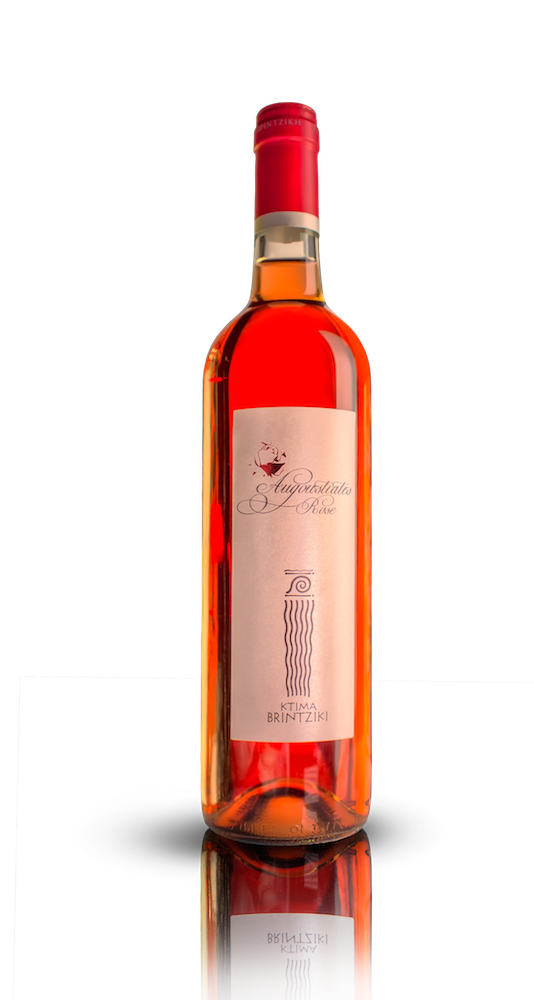
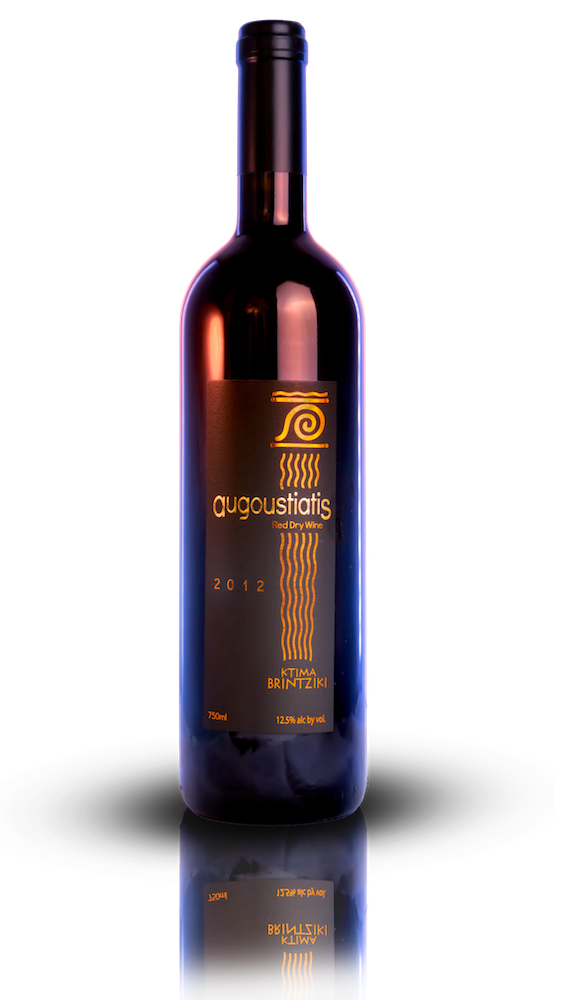
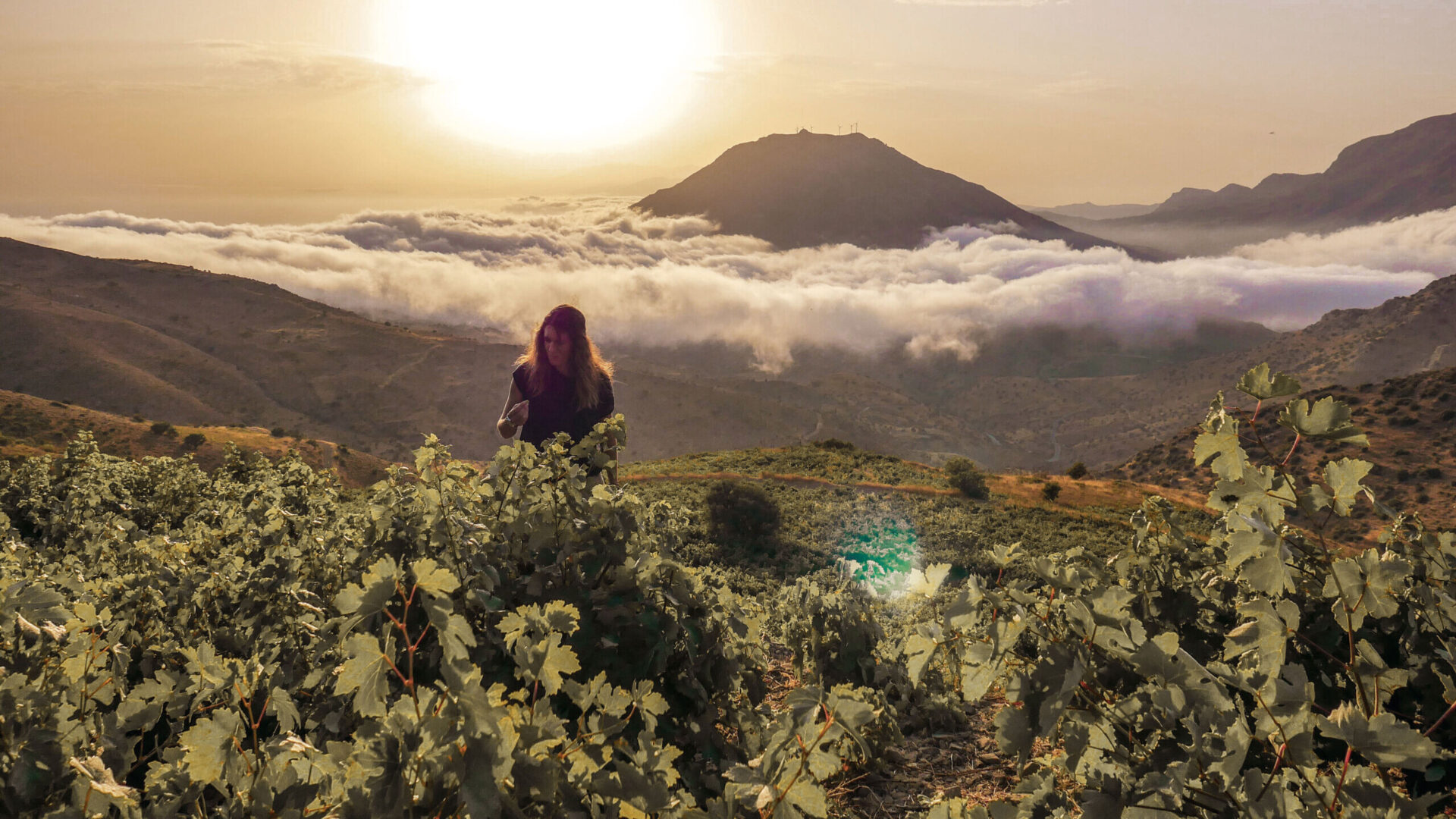
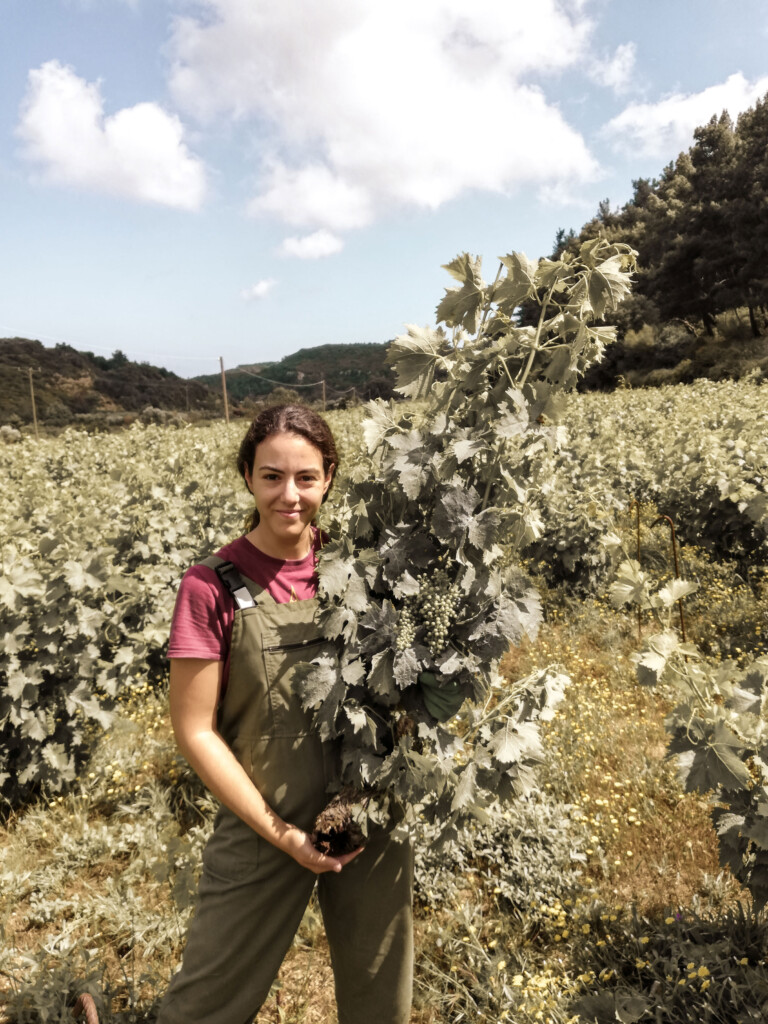
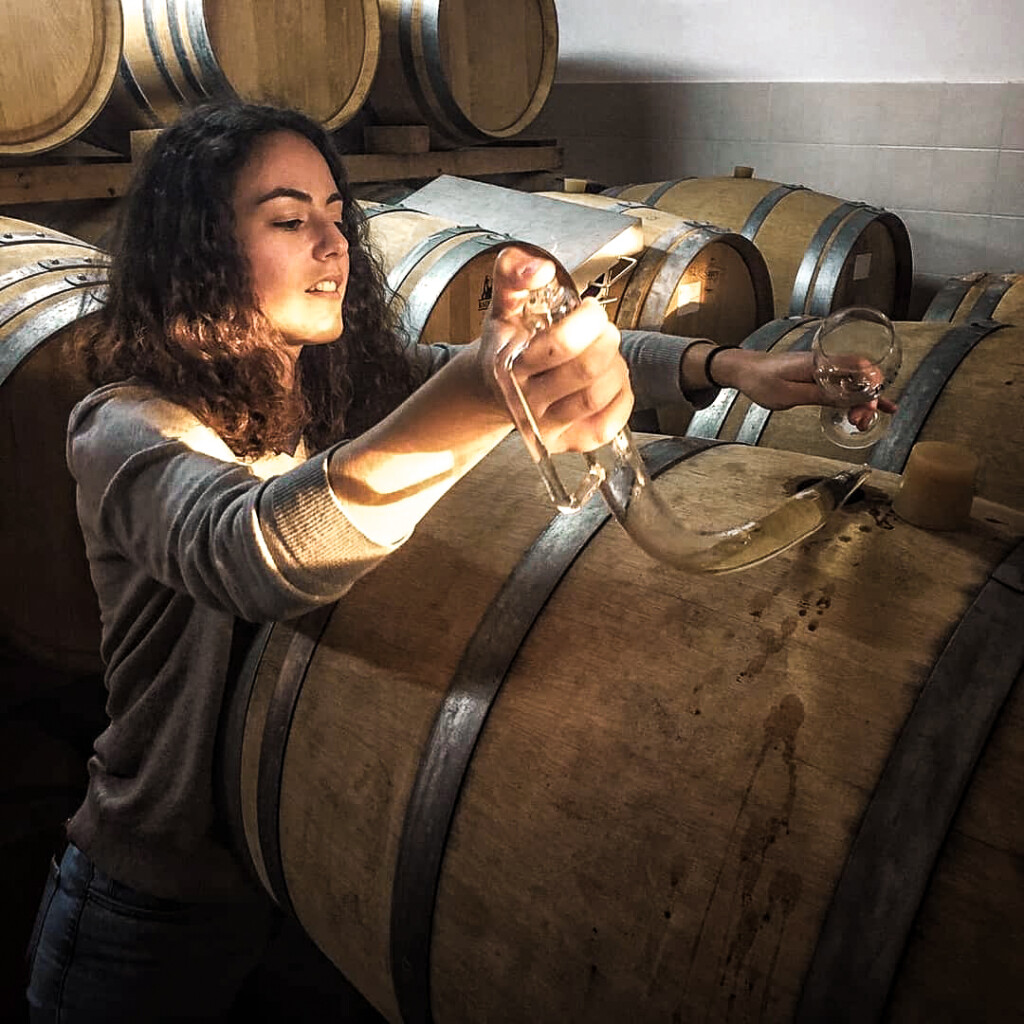
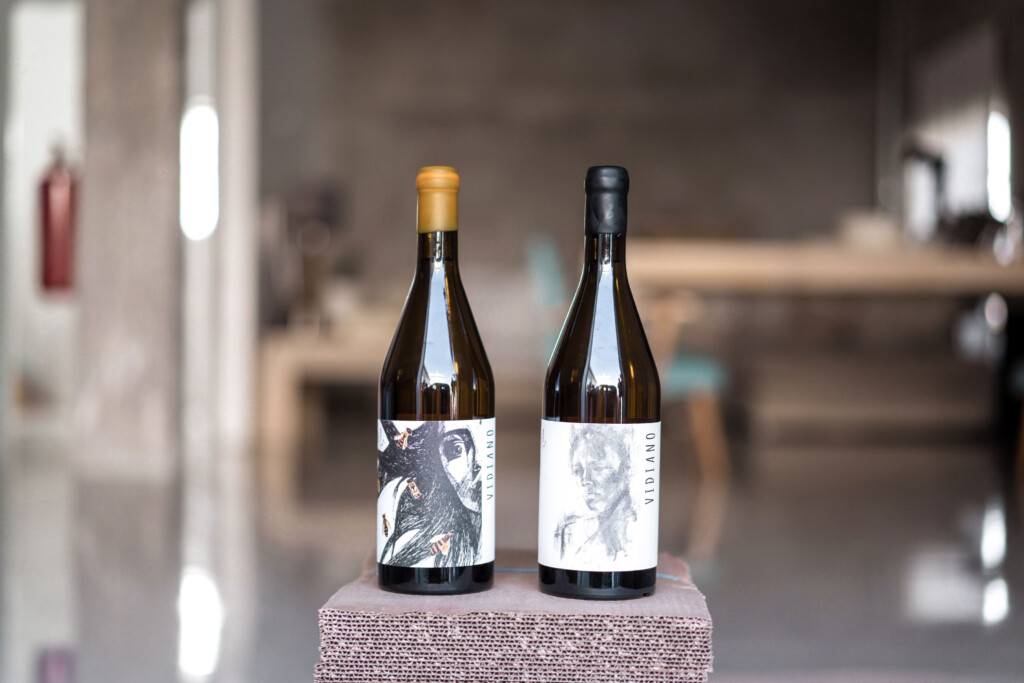
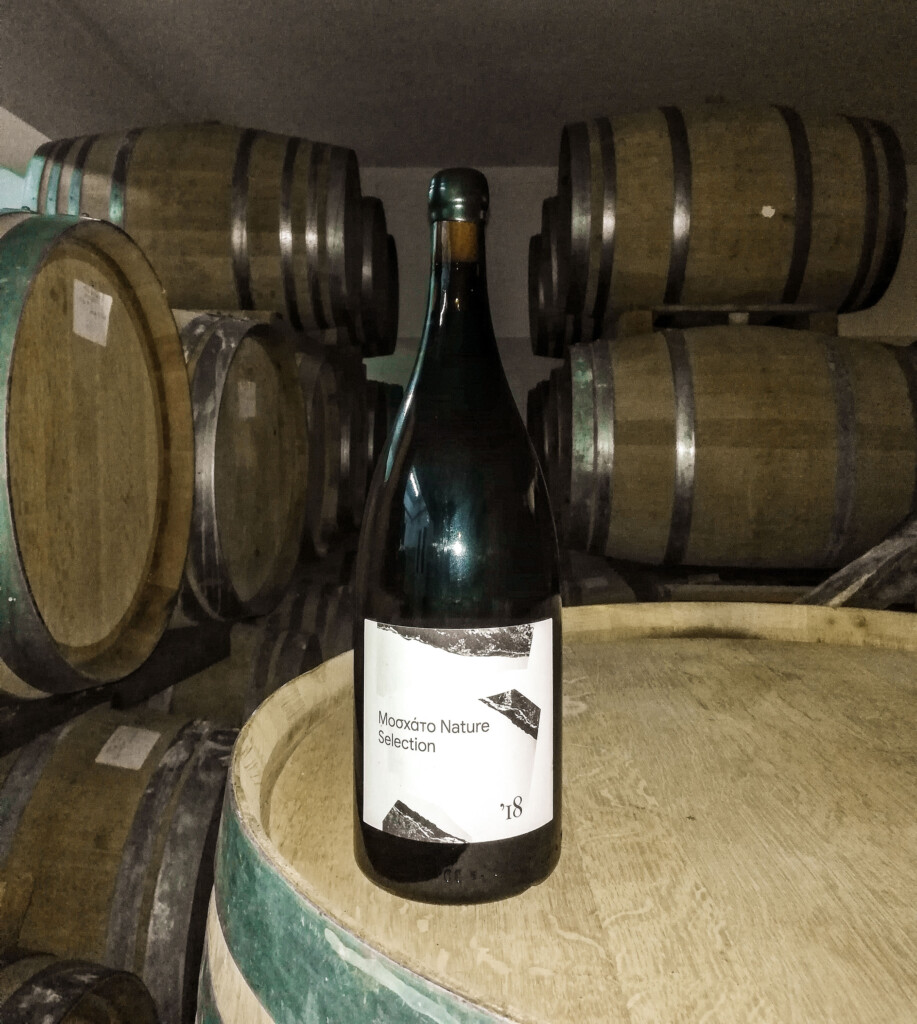
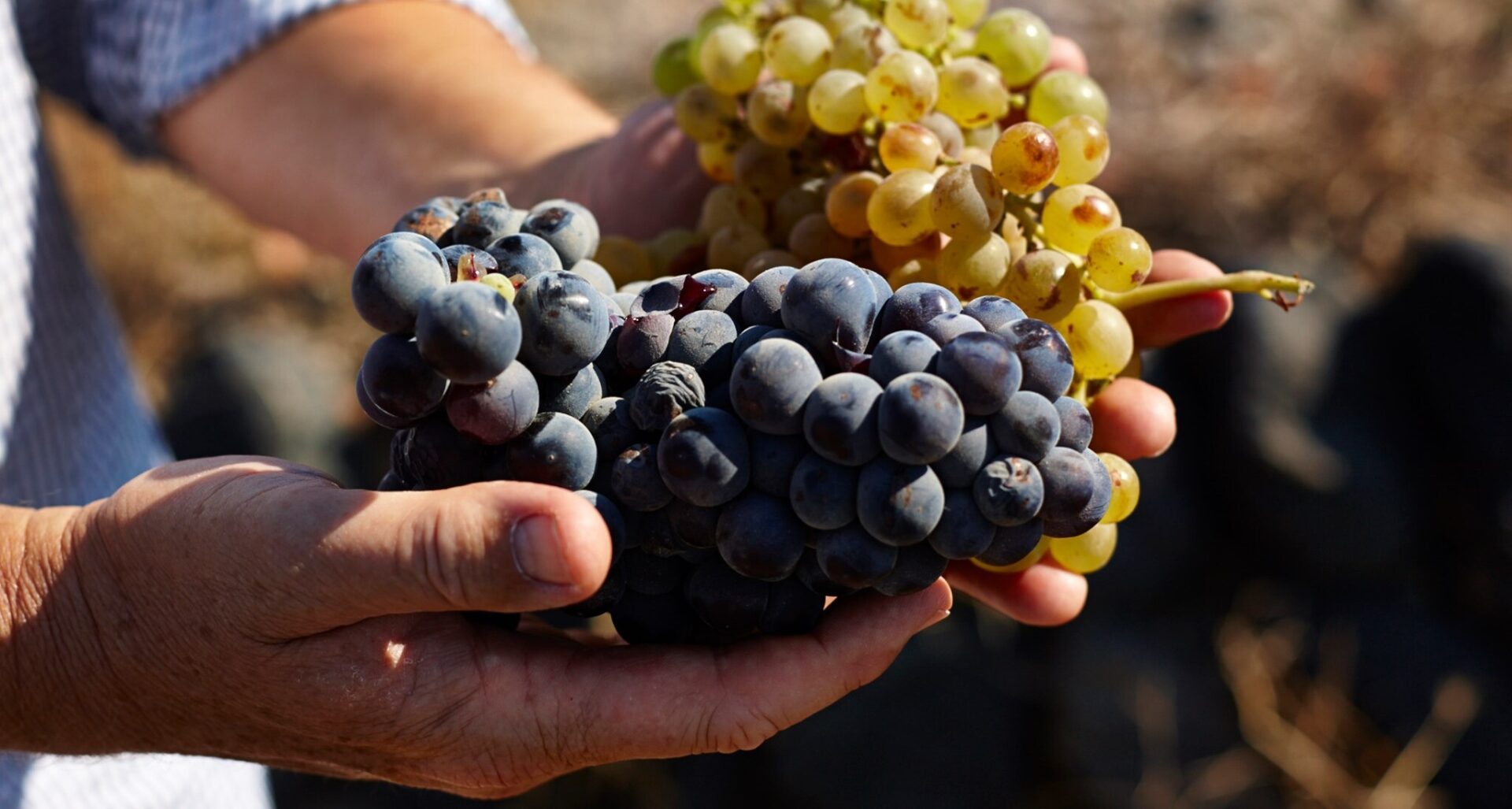
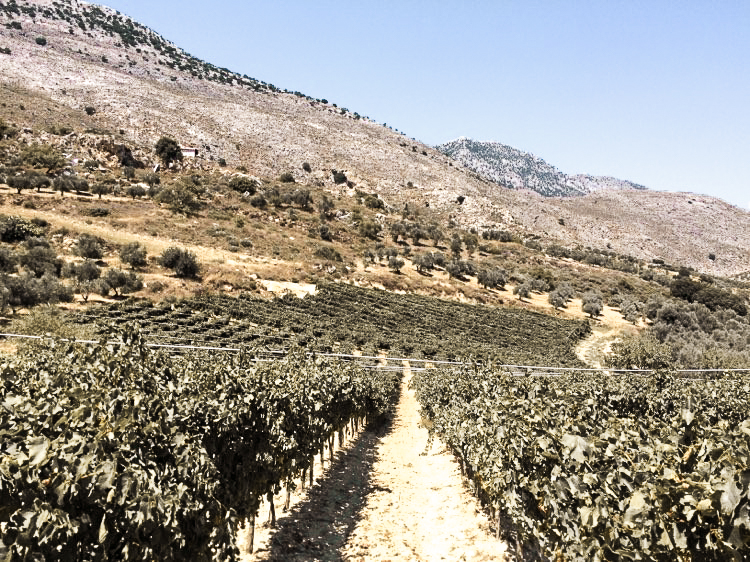
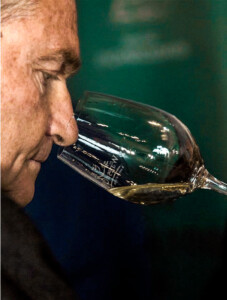 Agatha Christie’s Hercule Poirot series when the third experience came when my host, who was in her 70’s, offered me a glass of Madeira. There was a choice of Sercial or sweeter Bual. The bone-dry Sercial instantly struck a chord: burnt sugars with searing acidity. Not yet able to articulate much in that direction I mumbled “now this is wine!” or something to that effect.
Agatha Christie’s Hercule Poirot series when the third experience came when my host, who was in her 70’s, offered me a glass of Madeira. There was a choice of Sercial or sweeter Bual. The bone-dry Sercial instantly struck a chord: burnt sugars with searing acidity. Not yet able to articulate much in that direction I mumbled “now this is wine!” or something to that effect.